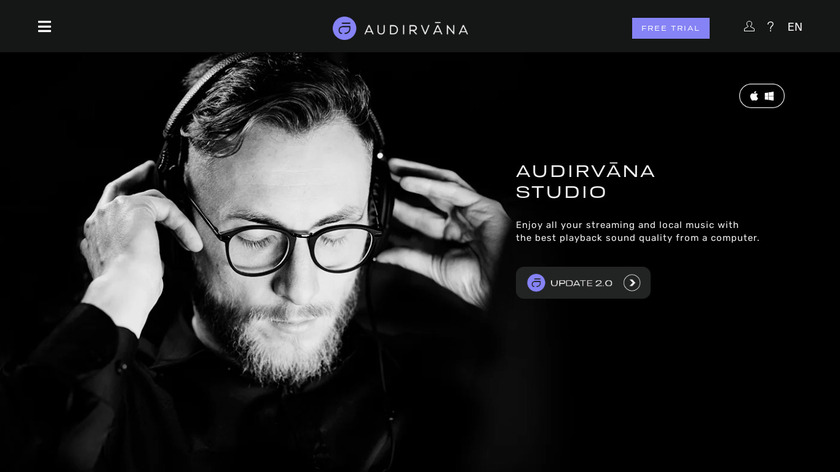
When a digital audio signal is truncated to a certain number of bits, mathematical rounding occurs. What’s dither? Jon Reichbach himself confesses to an abrupt schooling of its benefits shortly after he kickstarted Amarra development. Think of SonicStream as a virtual sound device: it takes an application’s audio on a detour via the SQ/+ engine – which applies EQ, volume control and dither – before forwarding the audio on to the (hardware) DAC proper. SQ/+ works in a similar way but instead installs a software-based sound output device called ‘SonicStream’ to the OS X Preferences pane to which any application’s sound output can be directed.
Amarra luxe vs audirvana software#
Sonic Studio CEO and Amarra software developer Jon Reichbach explains that iTunes implements sample-rate conversion (SRC), a lossy volume control and routes audio via the OS X’s Core Audio mixer whereas Amarra sounds better because it: 1) doesn’t do SRC 2) applies mathematical calculations that are less CPU-intensive than iTunes and 3) bypasses the Core Audio mixer altogether. All hear an audible benefit in bypassing iTunes’ own audio engine in favour of a third party solution. Now at version 3.0 (US$99), thousands of users worldwide apply Amarra’s audio processing to their iTunes libraries whilst others use Amarra as a standalone player. Newport Show 2015Īnd also like PureMusic, Sonic Studio’s marketing promises are far from empty. If you can play it or stream it, Amarra SQ and SQ+ can allegedly make it sound a whole lot better. The sales pitch from West Coasting Sonic Studio’s for their SQ and SQ+ software solutions echoes that of East Coaster Rob Robinson’s Streamthrough: that the sound quality of Tidal and Qobuz, as well as lossy services like Pandora and Spotify, can be improved by re-routing the native app’s audio output through an in-house-coded processing ‘engine’. Unable to progress any further with my investigation, I put it to bed. And yet 6moons’ Srajan Ebaen reported zero problems with Streamthrough + Qobuz on his iMac.

The reader comments brought forward first hand accounts of other users experiencing the same ‘crackling’ issue.

It wasn’t just me that would bear witness to snap, crackle and pop. Both ran OS X 10.8 Mountain Lion and even following Pure Music developer Rob Robinson’s advice to roll back the MacMini to Snow Leopard, the ‘crackling’ issue persisted.

A reboot would fix the issue…but only temporarily.īack then, I could be found rocking a 2010 MacMini and a 2011 MacBook Air. Last June I took Spotify and Qobuz on a diversion via PureMusic’s Streamthrough (formerly PlayThrough) but ended up at an impasse: distortion that approximated the sound of a ‘crackling fire’ would almost always ruin the party. Not the porcine kind but the audible distortion that plagued this reviewer’s first foray into streaming audio quality amelioration on a Mac.


 0 kommentar(er)
0 kommentar(er)
